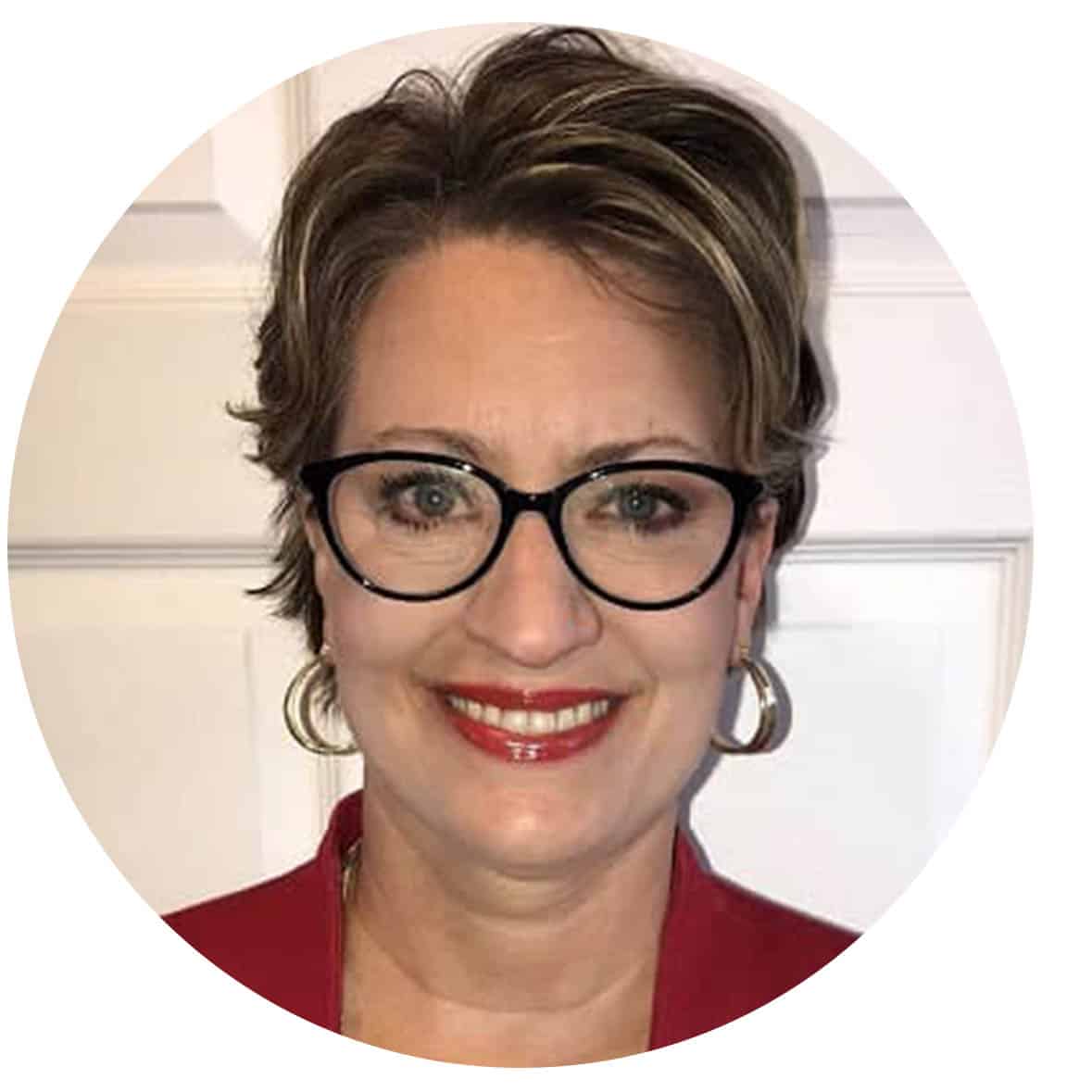Music is vital in the development of young children, including those who are deaf and hard of hearing. Scientific research has proven that music positively impacts many areas of the brain, including the following domains:
- fine and gross motor
- social and emotional
- sensory
- receptive and expressive language
- cognitive
- musical
The mission of CID is to teach children who are deaf and hard of hearing to listen, talk, read and succeed. I am honored to bring the Kindermusik program to CID as an integral part of their students’ curriculum.
I have a heart-felt passion for working with children who have special needs, most especially those with hearing loss. This passion arose in the years following my own total loss of hearing in my left ear as a result of meningitis. This experience led to the international adoption of our son who has severe and profound hearing loss. Soon after he arrived in the USA, he received bilateral cochlear implants and began attending CID. He has now successfully transitioned to a mainstream school. As a person living with hearing loss, music educator and parent of a child with hearing loss, I know firsthand how impactful music is for a child who is deaf and hard of hearing.
Kindermusik is music-making with a purpose. An early introduction to music and movement impacts a child’s brain and body development in ways few other learning methods can. Children of any age learn more when the learning is playful and fun.
Below you will find my top 5 ways that music positively impacts children with hearing loss:
- Language & Speech
Musical activities provide a fun way for students to actively participate in practicing the development of language and speech. The Kindermusik curriculum emphasizes music and movement activities that promote the development of:
- Articulation: listening, speaking and singing help to build vocabulary and improve speech skills
- Call and response: echoing a rhyme or song parallels conversational speech patterns
- Adjusting tone and volume of voice: this is helpful for students to learn to apply to various settings (ex: outside vs. inside voices)
- Increased awareness of concepts of fast-slow, high-low (pitch), loud-quiet with music and whole body movement
- Timbre: discerning the different sounds that an instrument makes supports the development of auditory skills
- Sequencing: determining what comes next in a song supports students’ ability to apply sequencing skills during literacy activities
- Steady beat: being able to internally feel and externally hear a beat assists in developing a variety of skills, such as how to cut with scissors and how to bounce a ball
- Active Listening
It is important for children with hearing loss to be able to know and discern what sounds they are hearing. One especially important element of the Kindermusik curriculum is active listening. This intentional activity allows children to increase their “sound vocabulary.” There are 3 steps involved. First, I tell the children what we are going to listen to and often show a visual simultaneously. We then listen to a recording of the sound. Finally, I prompt the children to copy the sound with their voices.
- Language, Literacy, Pre-Reading Skills
Developing robust language skills is foundational to all other areas of learning, from conceptualization to communication. Learning musical symbols and exposure to music-themed books support language and literacy development and are key for children who are deaf and hard of hearing.
- Inhibitory Control
The ability to internally stop our bodies is very important especially for children with hearing loss. For example, potentially missing or experiencing delayed auditory cues, such as “STOP!” in a parking lot when a car is coming is a safety issue. As children develop their inhibitory control, they have so much fun stopping and starting to musical cues.
- Vestibular System
Children with hearing loss often struggle with balance issues. As a result, it is especially important to strengthen their vestibular system. One way in which Kindermusik does this is by incorporating music with cross-lateral movement. This may include crossing our arms, pendulum rocking or even rocking in a homemade hammock (i.e., a large towel with adults on each end swaying the child).

Ellen Singh has been a licensed Kindermusik educator since 2004, bringing this program to a variety of schools, including CID. She is currently an adjunct professor at Lewis and Clark Community College where she teaches a class entitled, “Music for the Preschool Teacher.”
Click here to read Ellen’s blog.
I absolutely love being part of the CID team and bringing the benefits of music, through Kindermusik, to their students. It gives me such joy to watch these amazing children soak up the many benefits of music which so richly support their endeavors of learning to listen and speak.












